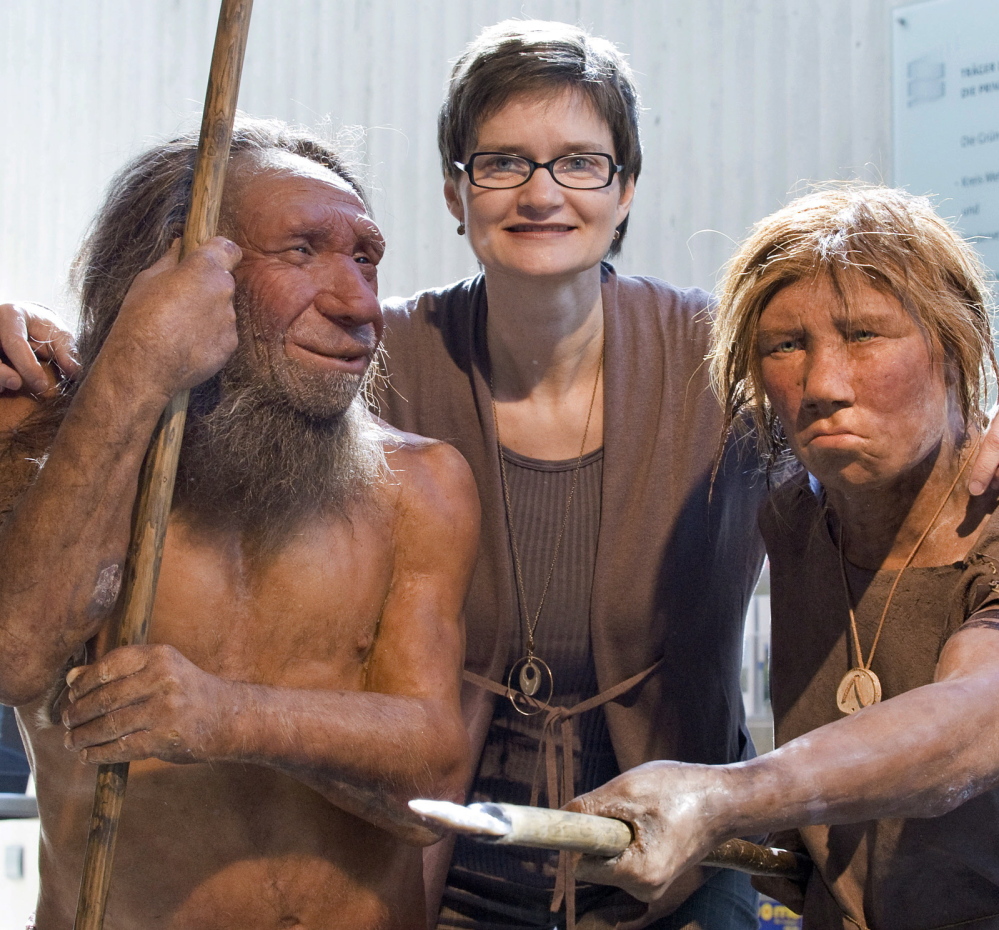DNA from an ancient toe bone has provided new insight into the lives of Neanderthals, revealing that inbreeding was common among the group and may have contributed to their demise.
Scientists sequenced DNA from a 50,000-year-old toe bone of a female Neanderthal, found in Denisova Cave in Siberia where fossilized remnants of human ancestors were found in 2010, according to the report in the journal Nature. The analysis suggested that her parents were genetically close enough to be either half siblings, first cousins or an uncle and a niece.
The findings suggest the population of Neanderthals was small, making inbreeding more common among them than among ancestors of modern humans, said David Reich, a study author and professor of genetics at Harvard Medical School in Boston. The low levels of genetic diversity also may have made them less fit over the long run, leading to their extinction, although that is still conjecture, Reich said.
“We know these people were mixing with their close relatives,” Reich said in a telephone interview. “This seems to be something special about the Neanderthal population, it has this feature of inbreeding. We know this wasn’t a single event.”
Neanderthals were thought to have lived in Europe until 30,000 years ago, possibly overlapping with modern humans there, according to an accompanying editorial by Ewan Birney, a biologist at the Wellcome Trust Genome Campus in Cambridge, England, and Jonathan Pritchard, a geneticist at Stanford University in California.
The DNA analysis now provides researchers with a Neanderthal genome that can be studied to more closely track known interbreeding with other early human ancestors.
Early studies from incomplete DNA suggested that modern humans split off from Neanderthals and another, less-well-known cousin, the Denisovans, about 600,000 years ago. As technology improved, evidence was developed that ancestors of modern humans had, in fact, mated with Neanderthals. The Denisovans were discovered through DNA.
Although today’s Neanderthal bone was found in the same cave as a Denisovan finger bone sequenced earlier, the two individuals weren’t closely related. The ancestors likely split from each other about 400,000 years ago.
In the genes, the scientists found evidence for a sequence that’s different from any known group of human ancestors, suggesting that there may have been other hominids contributing genes.
“It does seem that Eurasia during the Late Pleistocene was an interesting place to be a hominid, with individuals of at least four quite diverged groups living, meeting, and occasionally having sex,” Birney and Pritchard wrote in their editorial.
The oldest human DNA ever found, from a 400,000-year-old thigh bone in Spain, suggested a closer link between the little-known Denisovans and the modern humans, compared with Neanderthals.
Send questions/comments to the editors.



Success. Please wait for the page to reload. If the page does not reload within 5 seconds, please refresh the page.
Enter your email and password to access comments.
Hi, to comment on stories you must . This profile is in addition to your subscription and website login.
Already have a commenting profile? .
Invalid username/password.
Please check your email to confirm and complete your registration.
Only subscribers are eligible to post comments. Please subscribe or login first for digital access. Here’s why.
Use the form below to reset your password. When you've submitted your account email, we will send an email with a reset code.